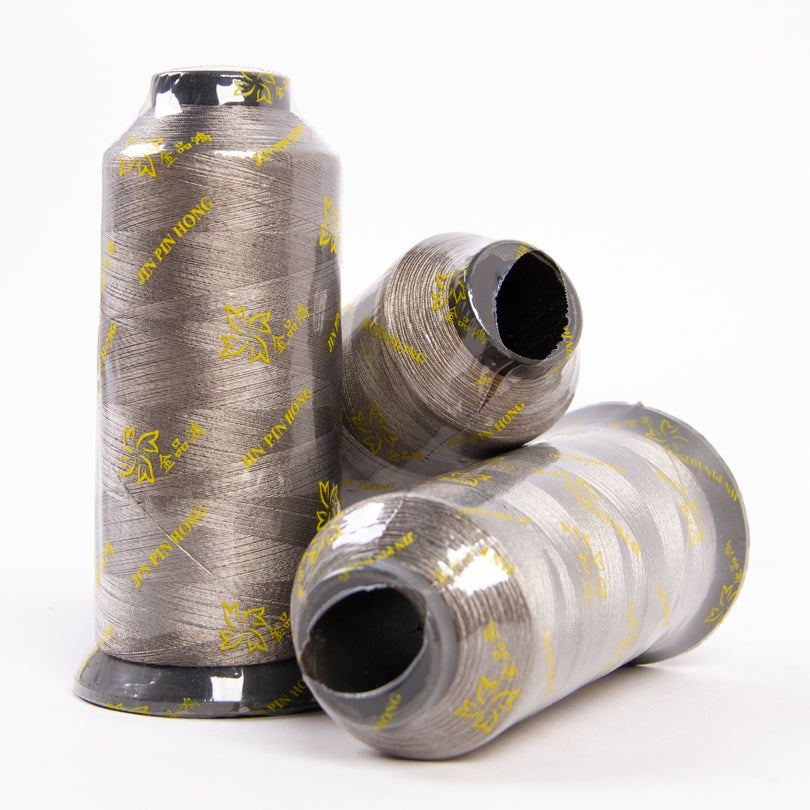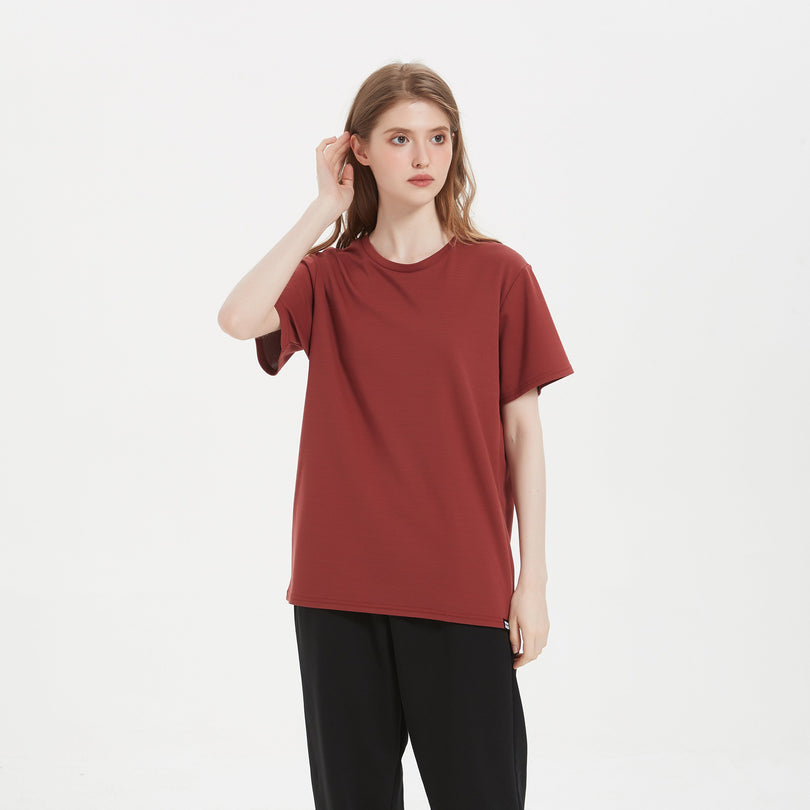Fabric

ETextiles rely on the existence of electrically conductive fibers, threads and fabrics that can be used in combination with textile techniques such as sewing, weaving and knitting. Most of these conductive materials are produced by industry for anti-static and EMF shielding purposes. The development and production of materials for crafting soft circuits and sensors is a more recent development. Most conductive textile materials are based on the blending of metals for their conductive properties, and other fibers (natural or synthetic) for their mechanical properties such as flexibility and tensile strength.
Exceed expectation without sacrificing performance
Aerospace. Crucial shielding element for cables with coaxial construction. Taking advantage of the skin effect in higher frequency operation, a shield constructed with conductive fibers and even surpasses the performance of a much heavier copper-based braid. The flexibility makes an otherwise fragile cable significantly more robust for the most demanding applications. Meanwhile, conductive fiber negative coefficient of thermal expansion facilitates cable design when dealing with delicate dimensions.
E-Textile. Manufactured with traditional textile machinery such as sewing and embroidery equipment, and are also washable. They possess the same flexibility as traditional textiles but with the added advantage of a highly conductive outer metal coating.
Defense. Low observable technology require fabric with superior conductive for solutions like, warfighter uniforms, equipment, aircraft, ships, submarines, vehicles, missiles, and satellites that need to be less visible to radar, infrared, sonar and other detection methods.
Excellent Performance with Superb Flexibility
All matter is made of particles.
The flow of particles is called electric current.
The electric current travels in an electric circuit.
Voltage is the pressure used to push the electron particles.
An electric field is produced by voltage.
The greater the voltage, the greater the field strength.
Voltage is measured in volts per meter (V/m).
Magnetic fields are produced by electric current.
The greater the current, the greater the magnetic field.
Magnetic fields are measured in microteslas (μt)
Electric field + magnetic field = electromagnetic fields (EMF)
EMF Shield. EMF shielding fabric protects you from the electromagnetic fields produced by electronic devices. There are different levels of electromagnetic fields, each producing a specific strength of radiation. Not all levels of this type of radiation are harmful since it is non-ionizing; however, many people have begun to worry since the release of 5G networking. With 5G, there is an increase in radiation, especially when compared to 4G.

Silver-plated yarn knit with polyester thread
Antimicrobial. Metallic fabric antimicrobial protection works at a cellular level to continually disrupt the growth and reproduction of microorganisms that contaminate a treated surface. The technology operates a multi-modal attack by damaging the protein, cell membrane, DNA, and internal systems of a microbe, causing it to die.



